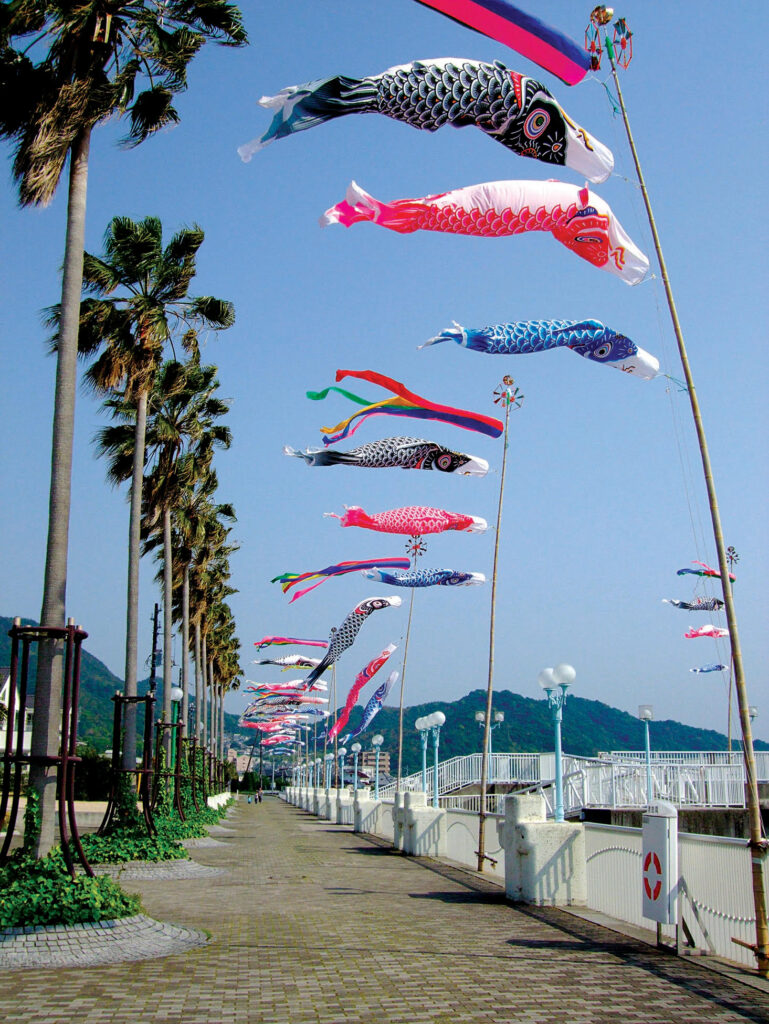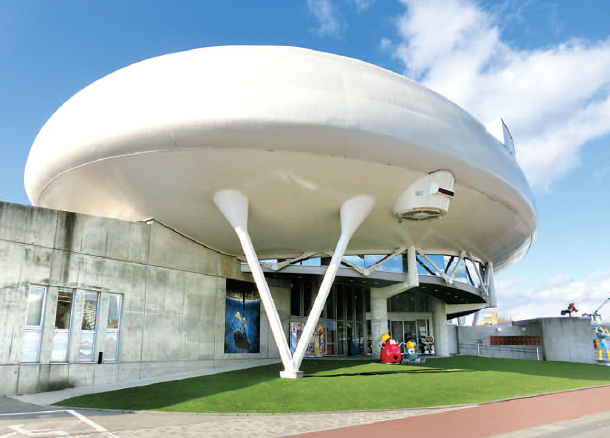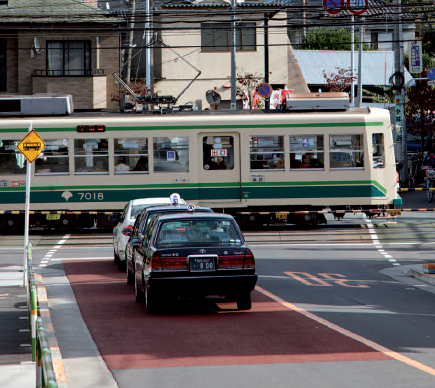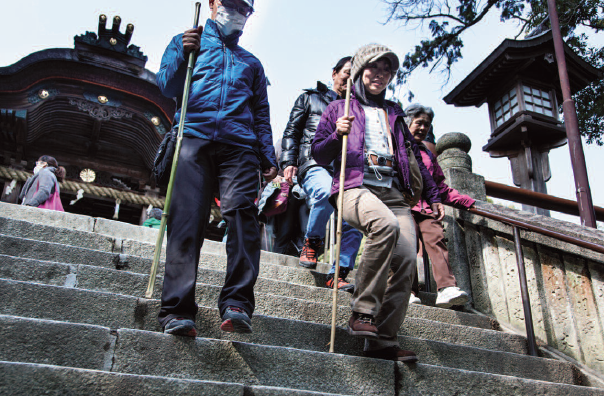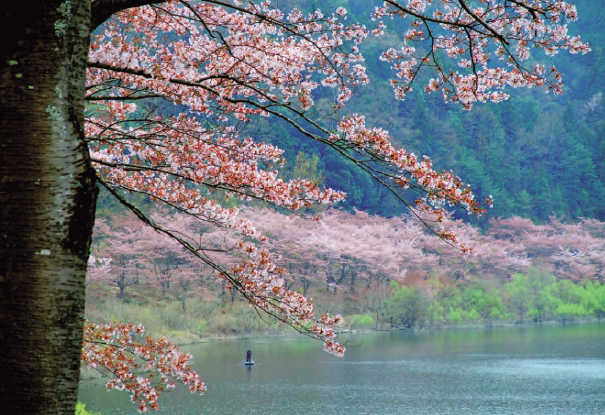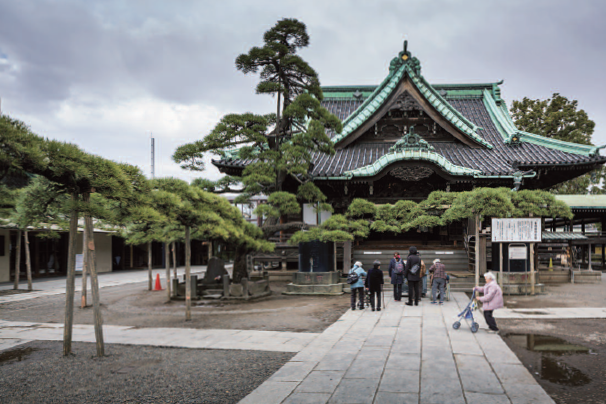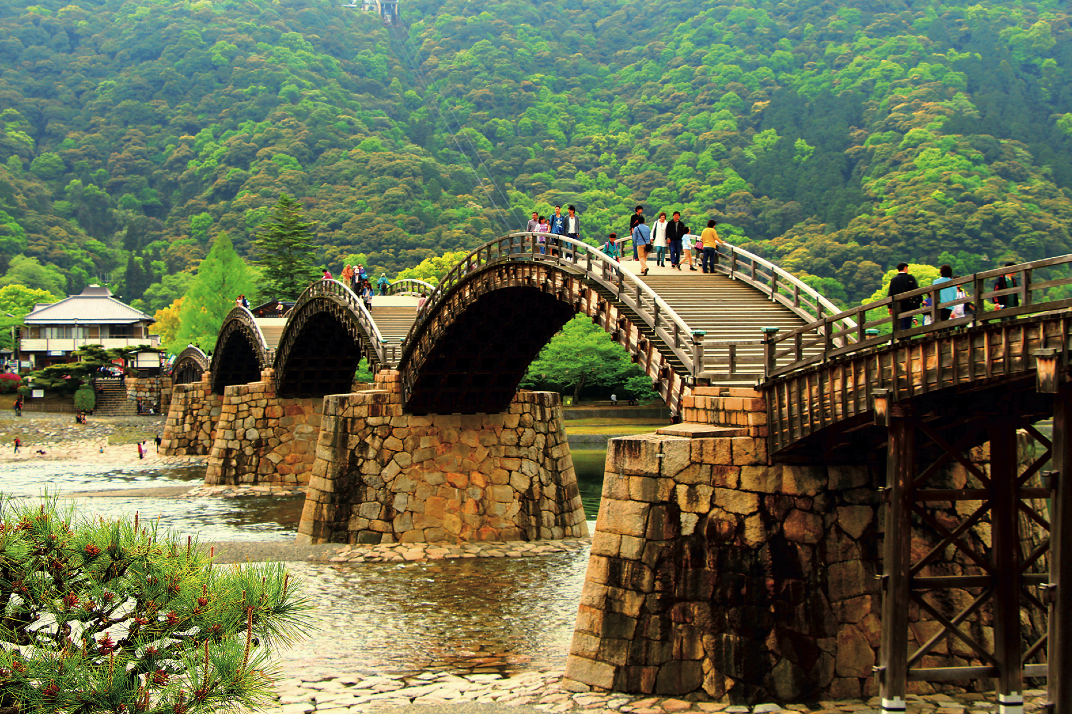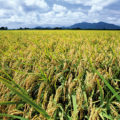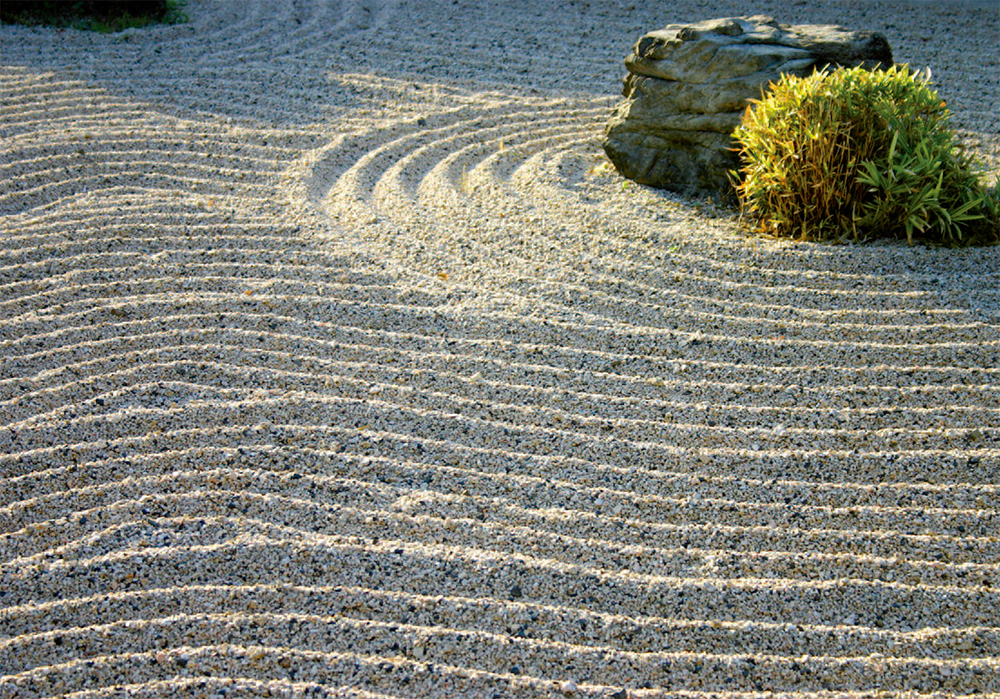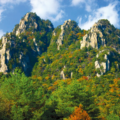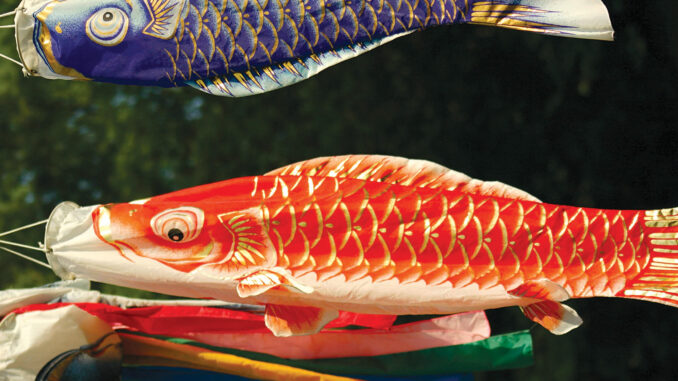
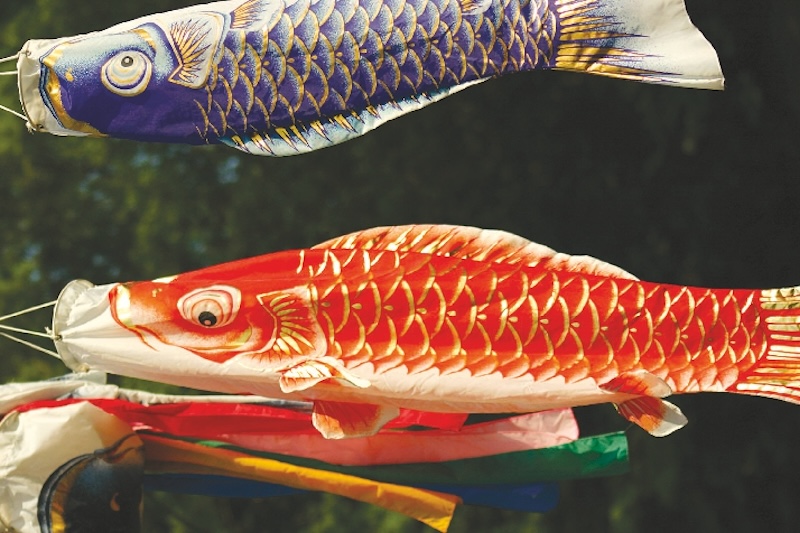
If you travel to Japan in May, you won’t be able to escape the koi-no-bori floating in the wind
May is a wonderful month to be in Japan. Following the recent fall of cherry blossom, the last of the cold days are finally behind us for another year, replaced by a welcome window of gentle sunny days. Consequently, there’s an almost palpable urge to get out and enjoy spring while it lasts. The hot and sticky rainy season is just a month away. After that, comes summer.
Fortunately, this compulsion to get out and about is facilitated by the superbly-named Golden Week, which is actually an alignment of four public holidays, giving the hard-working population a rare opportunity for a few days off. Everyone’s on the move. The roads are busy, as are the hotels, onsen and all other popular tourist destinations.
At this time of year, any lingering melancholy at the disappearance of the cherry blossom is soon dispelled by May’s colourful consolations. On the flora front, Nature has simply swopped pink for purple for it’s now the turn of the wisteria flowers to brighten the cityscape, cascading down from trellises and pergolas in parks, gardens and river banks wherever you look.
But the true colours of May are to be found in the joyous displays of koi-no-bori. No visitor to Japan in late April to early May can fail to notice theselong, brilliantly-coloured koi-shaped streamers flying proudly in the spring breezes from every available corner in town and country alike. And when the wind blows, stretching the koi-no-bori out to their full length, it’s easy to imagine that they really are straining to swim against the flow of a river.
Looking like koi-shaped windsocks, koi-no-bori (literally, carp climbing) range from modest little displays with just a single solitary streamer, measuring only a few feet in length and fluttering on a balcony or over a shop doorway, to massive community-organized displays comprising dozens of koi-shaped flags, each one several metres long. You’ll also find koi-no-bori adorning buildings, Shinto shrines, and even stretched out across rivers. Wherever you go, you’re sure to spot them.
In Hiroshima, for instance, you’ll see a large display of long carp streamers flying on the façade of the seafront Prince Hotel, venue for last year’s G7 summit. Downtown, at the city’s largest Shinto shrine, Gokoku Jinja (alongside Hiroshima Castle), big koi-no-bori fly above the torii gateway at the Shrine’s entrance. Following the coast road eastwards, just outside the city of Kure, in Hiroshima Prefecture, you’ll come to the Portopia Spanish theme park. There, a spectacular line of koi-no-bori is hung along the seafront, making a splendid sight against the backdrop of the large island of Etajima, looming dark green and misty just a short distance across the Seto Inland Sea.
Meanwhile, just outside Iwakuni, down in neighbouring Yamaguchi Prefecture, a phantasmagorical sight awaits you at the Sanzoku (Bandits) restaurant. Nestling at the foot of a forest-clad mountainside, Sanzoku looks like a cross between a castle and a small village. A waterfall crashes down the mountainside into a pool alongside the restaurant grounds. In the evening, the façade is illuminated with numerous paper lanterns. And at this time of year, it is also festooned with many jumbo-sized koi-no-bori. The combined effect of the setting, the lanterns and the koi streamers make it all look most surreal.
Want to see the biggest koi-no-bori in the world? Then you need to head for the Kazo Citizens Peace Festival (held annually on 3 May) in Saitama, north of Tokyo. Here, a gigantic koi-no-bori measuring 100 metres in length is raised on the banks of the Tonegawa River. It’s so long it requires a crane to hoist it into position.
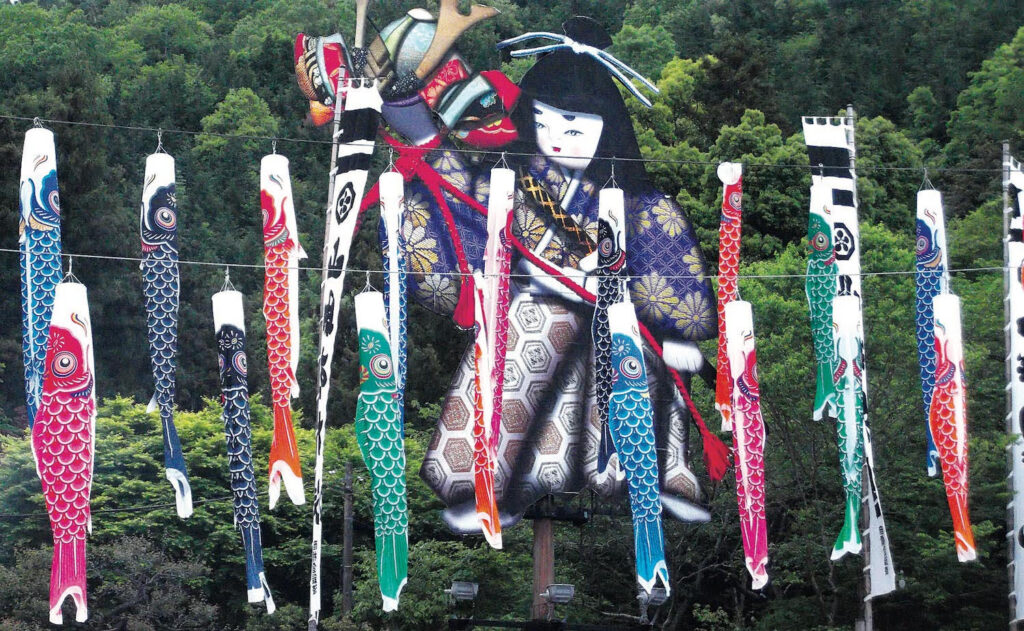
But whatever their size, koi-no-bori make a stunning spectacle. In towns and cities, these delightful splashes of colourful koi never fail to brighten up the urban landscape of concrete and glass. In country areas, the vivid reds and blues and yellows of the koi-no-bori contrast boldly with the luxuriant green of the mountains and deep blue of the spring sky. They strain against the currents of the wind as if they had a life of their own. It’s easy to imagine that they are actually struggling to swim against the flow of a river like real koi carp.
So, what is it all about? The koi-no-bori are displayed in honour of kodomo no hi, or Children’s Day, on 5 May, the last day of Golden Week. The carp, admired for their strength and resilience, symbolize the hope that children will grow up strong, healthy and successful. Koi are highly regarded in Japan for their beauty, but also for their strength, stamina and determination, typified by their ability to swim upstream against the current. There’s even a Japanese proverb, “carp climbing the waterfall”, which refers to someone who achieves success through persistent effort.
Prior to 1948, 5 May was celebrated as Boys’ Day or tango no sekku, one of five sekku celebrations once held at the imperial court (The others were shogatsu or New Year, hinamatsuri or Doll’s Festival on 3 March, tanabata on 7July and kiku no sekku Chrysanthemum Festival). This is why the focus of 5 May was traditionally on the virtues of strength, courage and perseverance. Many families still follow another traditional Boys’ Day custom of displaying a miniature suit of samurai armour, or yoroikabuto, in their house.
In 1948, the day was renamed Children’s Day, and it’s now dedicated to the health and happiness of all children, boys and girls alike. Nevertheless, the virile image of the koi carp still plays a central role in the festival. The girls get their celebration, which is hinamatsuri, or Dolls Festival, popularly known as Girl’s Day, on 3 March. However, it isn’t a public holiday.
The exact origins of koi-no-bori are uncertain. Some people believe the custom started back in the Edo Era (1600-1868). However, in their book Japan In 100 Words (Tuttle Publishing) authors Ornella Civardi and Gavin Blair state that estimates range “from 700 to 1,500 years ago”. They also say that the koi streamers “may have been inspired by the banners that samurai used to identify themselves and their units on the battlefield”.
In any case, the respect for carp goes back to time immemorial. An ancient Chinese myth recounts the belief that the gods would transform any koi that could swim upstream and climb the mighty Dragon Gate waterfall on the Yellow River into a powerful dragon. Of the hundreds of koi that attempted it, only one managed to overcome the fierce currents and raging cascades to reach the top. The gods, true to their promise, rewarded his tenacity by turning him into a splendid dragon with golden scales. The legend has become a symbol of perseverance, determination and strength, and of how success comes through hard work and perseverance. Variations on this story are still frequently encountered in Japan today.
In Kyoto’s famous Gion Matsuri festival, for example, where dragons play a central role, one float depicts a huge koi swimming up waves of carved wood, underlining the ongoing relevance of the belief in the koi symbol.
The koi-no-bori have come to symbolize a whole host of qualities that parents desire for their children: determination, tenacity, vigour, perseverance in the face of adversity, and all-round good health and strength in order to overcome the challenges that lie in store for them in today’s stress-laden world.
This is no idle, pie-in-the-sky wish either. In many Japanese families the eldest son is still expected not only to provide for his wife and children but also to take over the family business and look after his parents in their old age. This frequently means the son and his wife will live in the family home with the son’s parents. So, it’s clearly felt that he needs all the help he can get, however symbolic.
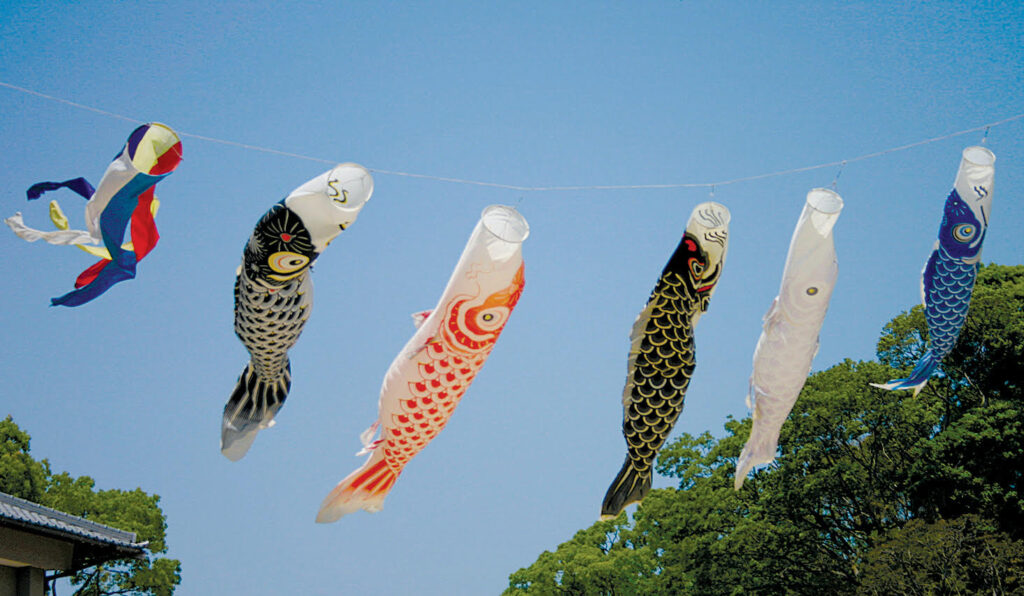
A typical koi-no-bori display will contain at the very least three koi streamers: a large black koi at the top representing the father, a smaller red koi below it to represent the mother, and then one additional koi of varying colours and size for each son, in descending order of age.
You might also catch a glimpse of a special koi-no-bori featuring an image of the mythical boy-hero called Kintaro, riding the koi as if it were a bucking bronco. He is easily recognized by his bright red skin. According to legend, Kintaro (literally, Golden Boy) was the son of a mountain witch and endowed with Herculean strength. He became a famous and fearless warrior who overcame all kinds of adversities and always ended up triumphant. Of course, being able to ride a giant koi upstream is further indication of his strength and bravery, making him the ideal role model for today’s budding young salarymen (white-collar workers).
But Children’s Day isn’t all about struggling for success. Indeed, any children’s celebration without some sort of sweet treat is unthinkable, and kodomo-no-hi has its own special cakes too. Mochi rice cakes, filled with sweet azuki bean jam and wrapped in oak leaves, are traditional sweetmeats that are still popular with boys and girls alike, as is chimaki, or sweet rice paste wrapped in an iris leaf.
While the custom of koi-no-bori dates back untold centuries, the inspiration that the Japanese find in the koi’s tenacity is as relevant today as ever. As our 75-year-old friend Akira Fujii explained to us: “In Japan, we admire koi for their power and determination. When I think of koi, I’m reminded that it is important to keep doing my best and not give up.”
And that’s a lesson that can inspire us all, regardless of age or gender.
Steve John Lowell & Angeles Marin Cabello
To learn more on this topic, check out our other articles :
No140 [FOCUS] The Tale of Genji as read and viewed in 2024
No140 [FOCUS] Murasaki, a woman of our time
No140 [FOCUS] Experience – A source for innovation
Follow us !

